Taiyuan Baiyun Temple
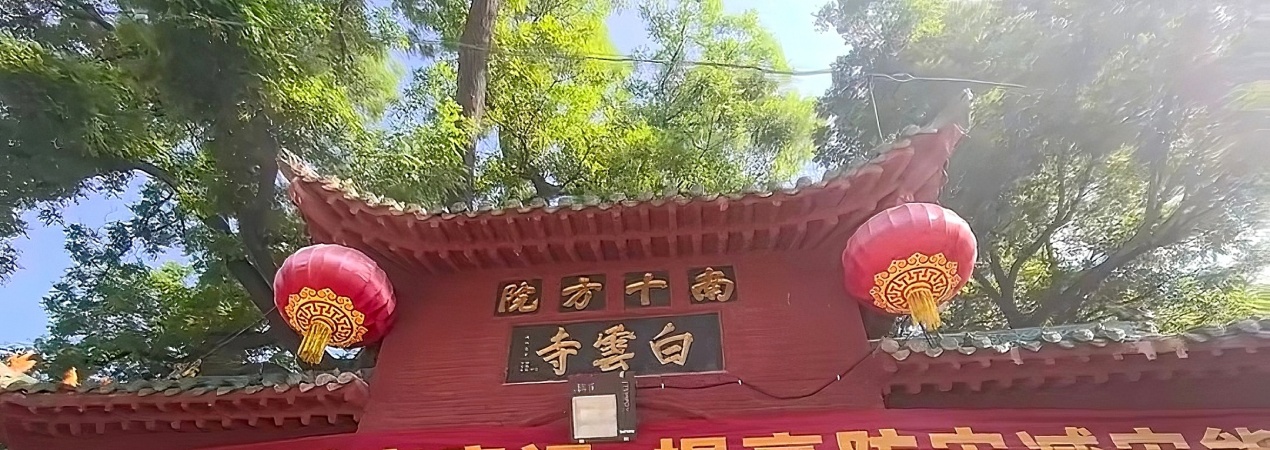
Baiyun Temple, commonly known as South Shifang Temple(Shifang Temple means it can accommodate monks from across the country), is a key cultural relic protection site in Taiyuan. Situated 8 km southeast of downtown Taiyuan in Hongtugou, it stands out among Taiyuan's Shifang Temple. It is famous for its large size, unique layout, and peaceful environment. So it ranks first among the Shifang Yards.
- Chinese Name: 白云寺 Báiyún Sì
- Recommended Duration of Visit: 2-3 hours
- Entrance Fee: Free
- Opening Hours: 8:00–17:00
- Best Time to Visit: April to October
- Address: No. 45, South Shifang Street, JianShe South Road, Yingze District, Taiyuan City, Shanxi Province
- How to Get There: Take bus routes 23, 619, 805, 808, 819, 830, 831, 861 and alight at Wuyi Machinery Factory. The temple is located in the alley on the east side of the road.
Highlights of Baiyun Temple
Mountain Gate Hall
The Mountain Gate Hall is Baiyun Temple's entrance. A plaque with "白云寺" in gold letters hangs above. Two stone lions stand before the hall, exuding a sense of solemnity and tranquility. Inside the hall, four big Guardian Kings sit in the corners. The centerpiece is the smiling Maitreya Buddha. Behind him is the Wei Tuo Bodhisattva. This figure wears armor and holds a Vajra pestle. Buddhist tradition says that if Wei Tuo holds the pestle across his wrists with his hands folded, the temple welcomes traveling monks. At Baiyun Temple, Wei Tuo's posture signifies that the temple functions as a guesthouse.
Mahavira Hall
At the center of Baiyun Temple sits the Mahavira Hall, which stands as the temple's most important building. Inside stands a huge Sakyamuni Buddha statue. Visitors can also see statues of Arhats and other Buddhist figures that demonstrate great carving skill, with their faces looking very real. With deep cultural meaning, the hall itself features big and impressive architecture, and its roof uses a special design with nine wooden beams. Circling the hall are cabinets that hold thousands of Buddhist scriptures and precious religious objects. Examples include stone tablets, iron bells, and special bowls used in ceremonies. Visitors can look closely at the fine statues, learn about Buddhist culture and history, and admire the hall's building art.
Bell and Drum Towers
Flanking the temple's central axis are the Bell and Drum Towers, with the former housing a large iron bell and the latter holding a big drum. Long ago, people rang the bell and beat the drum at set times, which marked the hours and set the rhythm for Buddhist ceremonies. At Baiyun Temple, these towers, featuring fine craftsmanship and elegant designs, look special and complement other nearby buildings. This adds to the temple's old-world feel. Climbing to the tower tops offers wide views of the entire temple area and the surrounding natural scenery.
Guanyin Hall
The Guanyin Hall is dedicated to the Bodhisattva of Compassion, Guanyin. Inside the hall stands a statue of Guanyin, exuding grace and serenity. The statue is intricately carved, with delicate details that highlight Guanyin’s kindness and compassion. The Guanyin Hall features unique architectural design and exquisite craftsmanship, with a layout that harmonizes with the surrounding environment. The interior is adorned with murals and carvings depicting stories of Guanyin’s miracles, showcasing high artistic standards and rich cultural significance. Visitors can light incense and pray to Guanyin for blessings and peace while appreciating the artistic beauty of the hall. The tranquil and sacred atmosphere of the Guanyin Hall allows visitors to experience the boundless compassion and wisdom of Guanyin, offering a sense of solace and purification for the soul.
Educational Value
Baiyun Temple uses the Han Buddhism "Seven Halls System," which refers to traditional courtyard layouts. Main structures include the temple gate, Buddha hall, Dharma hall, monks' quarters, storehouses, bathhouse, and toilet. Most ancient Chinese temples chose this plan. Here, you not only learn how ancient Chinese temples arranged their buildings but also see temple architecture styles that developed from the Tang to the Qing Dynasty.
Activities to do at Baiyun Temple
Dharma Assemblies: Buddhist scriptures are explained at Baiyun Temple's regular Dharma Assemblies. Monks skilled in these texts help believers grasp Buddhism's core ideas deeply. Interested visitors should check the temple website. Find specific dates there and book your visit early. Feel a special quietness during these events. This renews your inner peace.
Drop us a line and we'll connect you with the top China expert in no time!
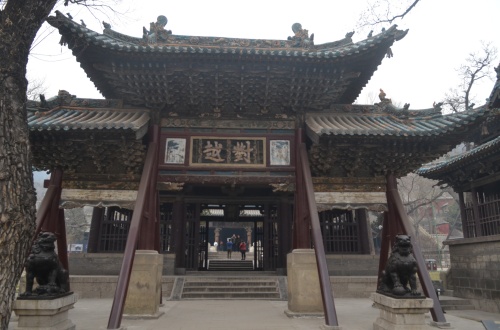 Jinci Temple
Jinci Temple 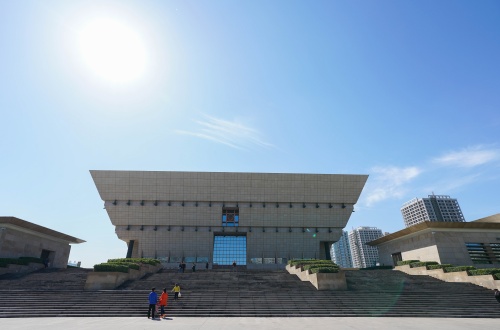 Shanxi Museum
Shanxi Museum 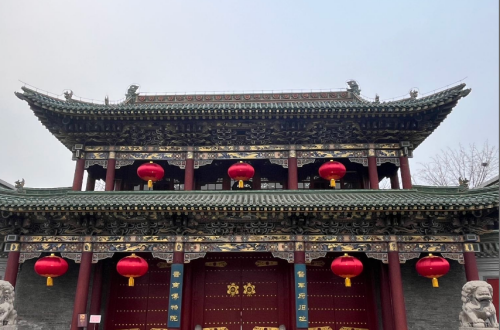 Taiyuan Shanxi Merchants Museum
Taiyuan Shanxi Merchants Museum 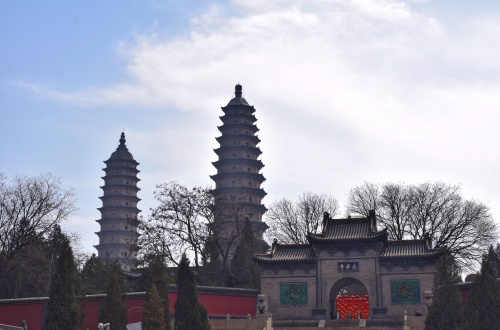 Taiyuan Twin Pagoda Temple
Taiyuan Twin Pagoda Temple